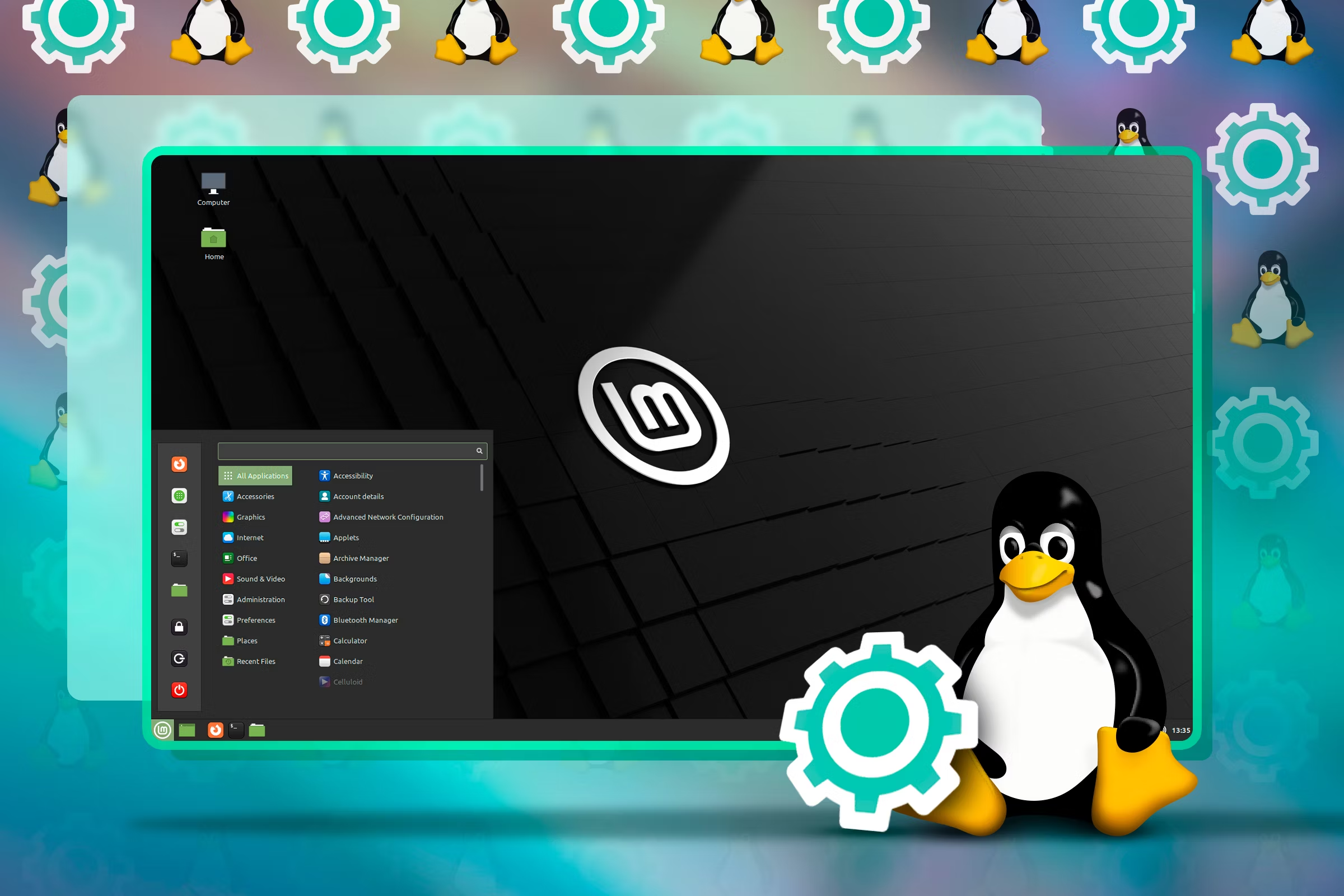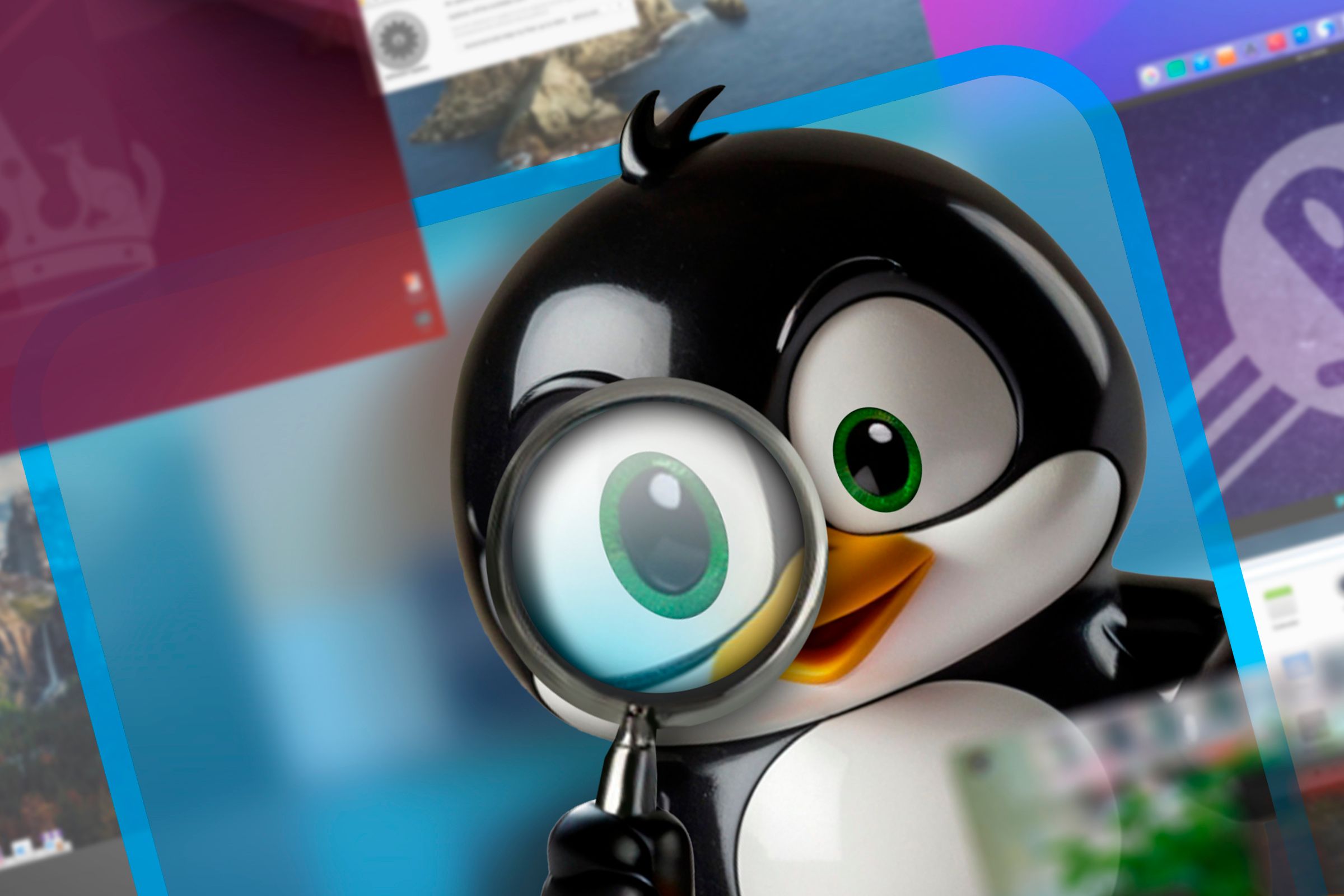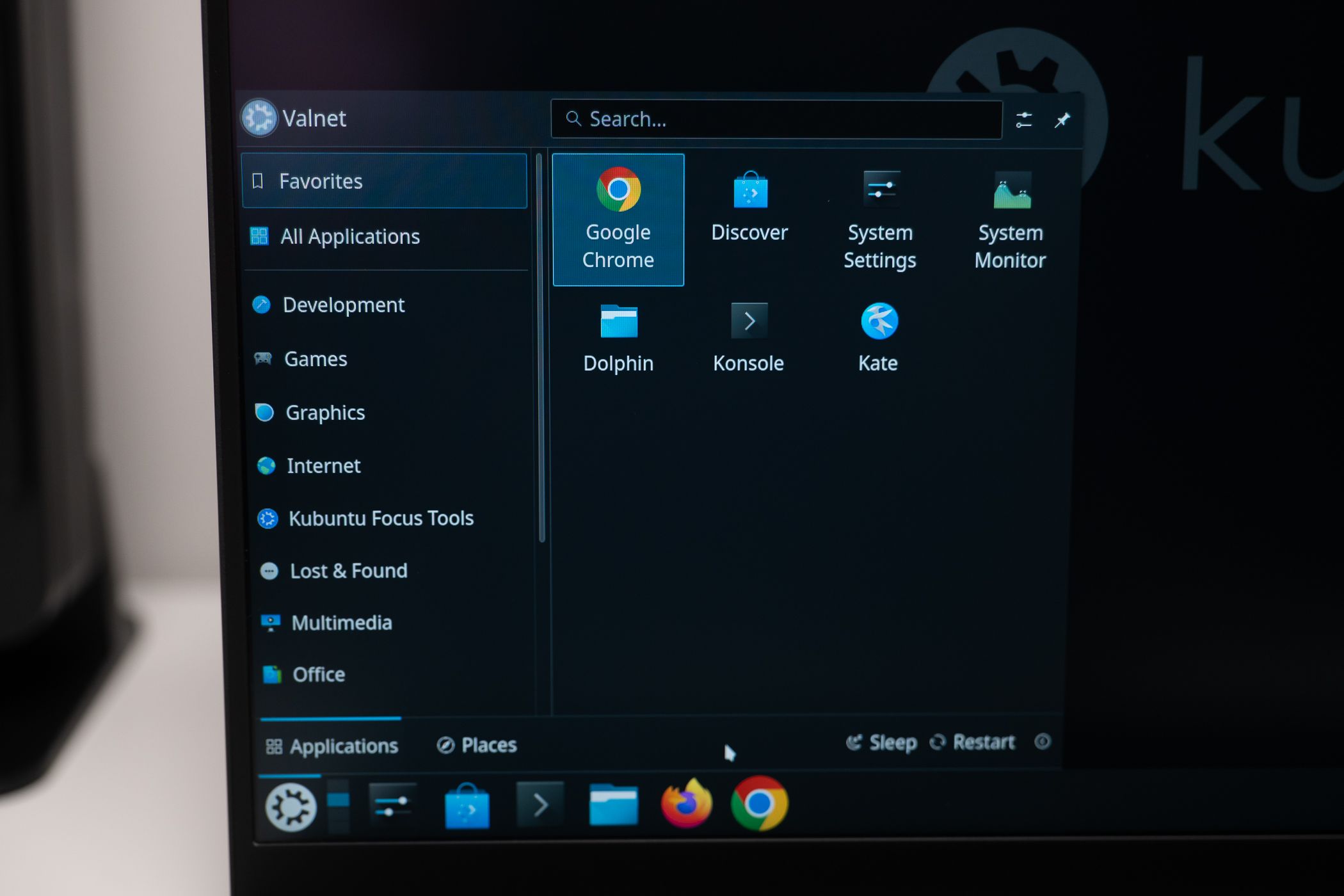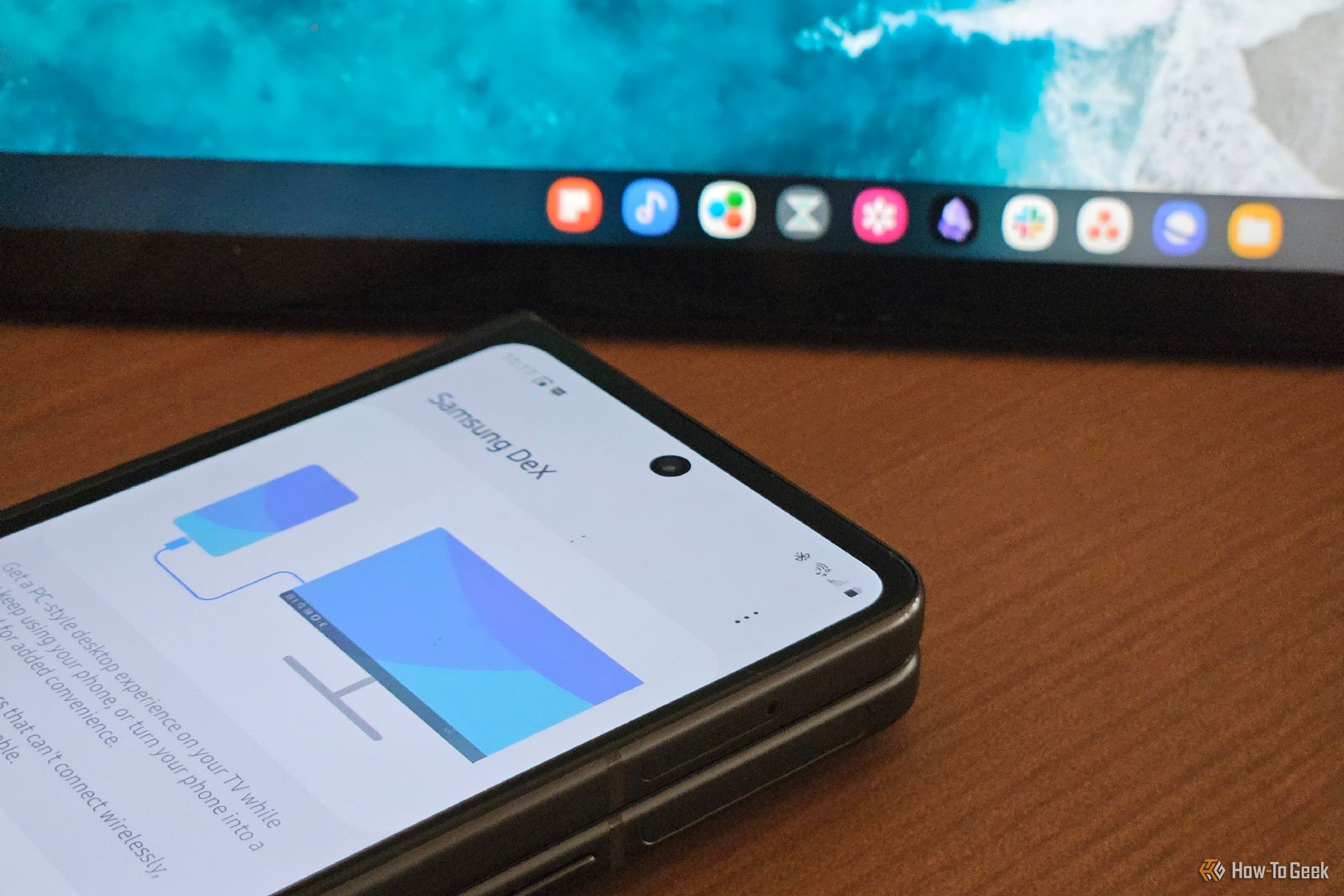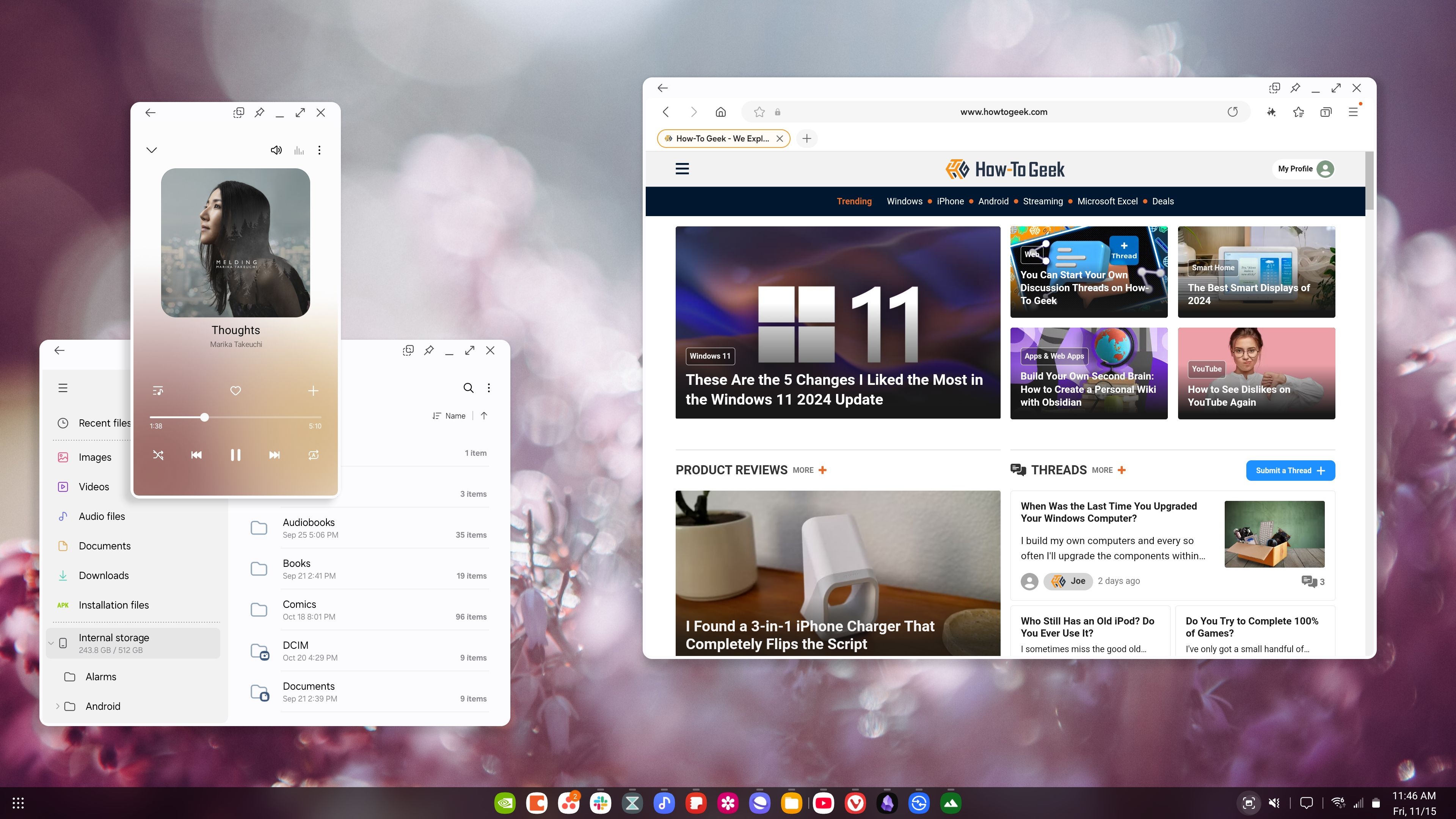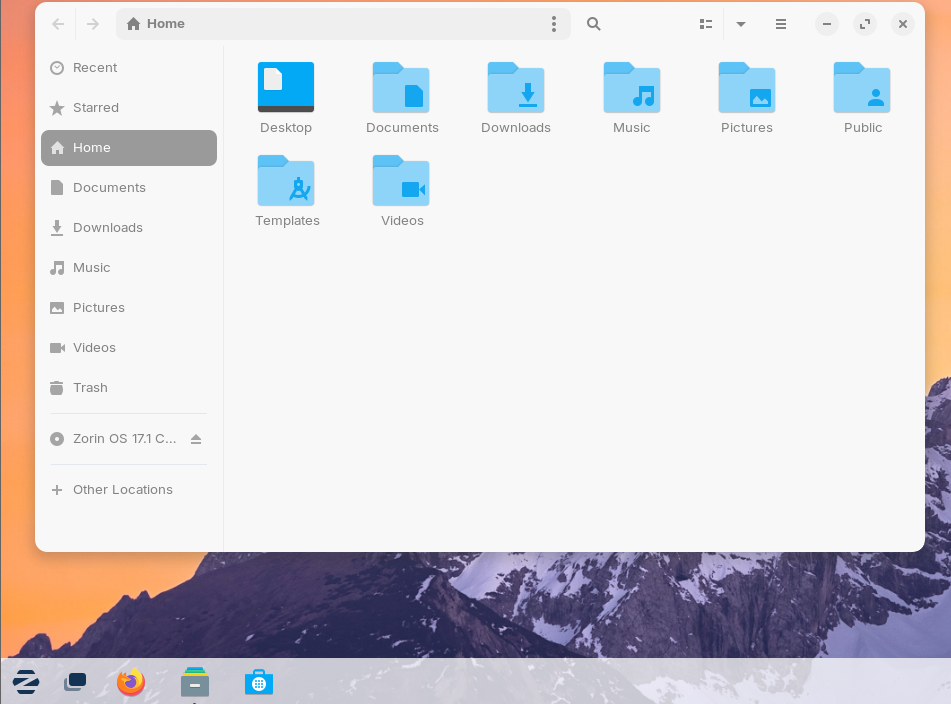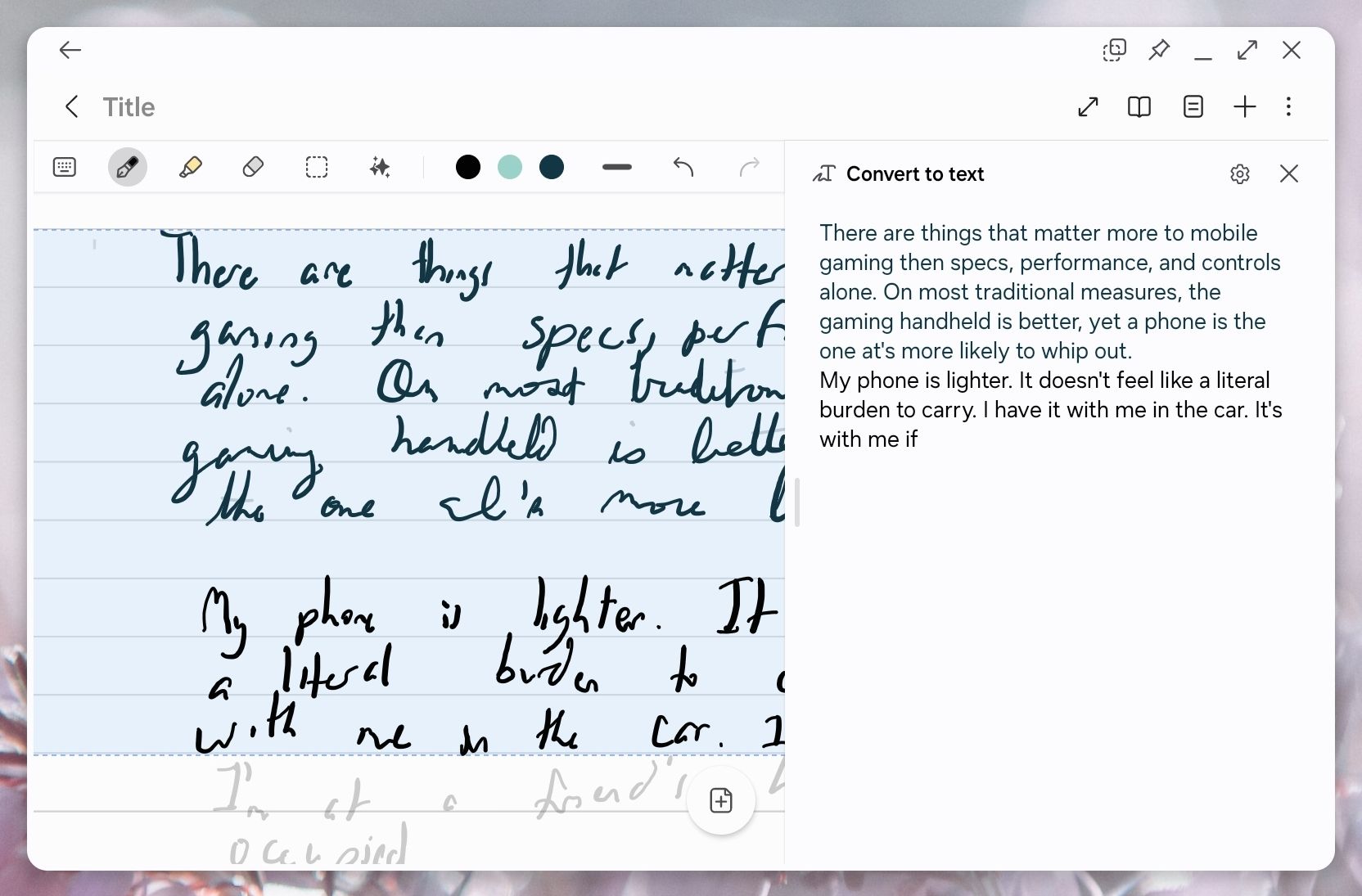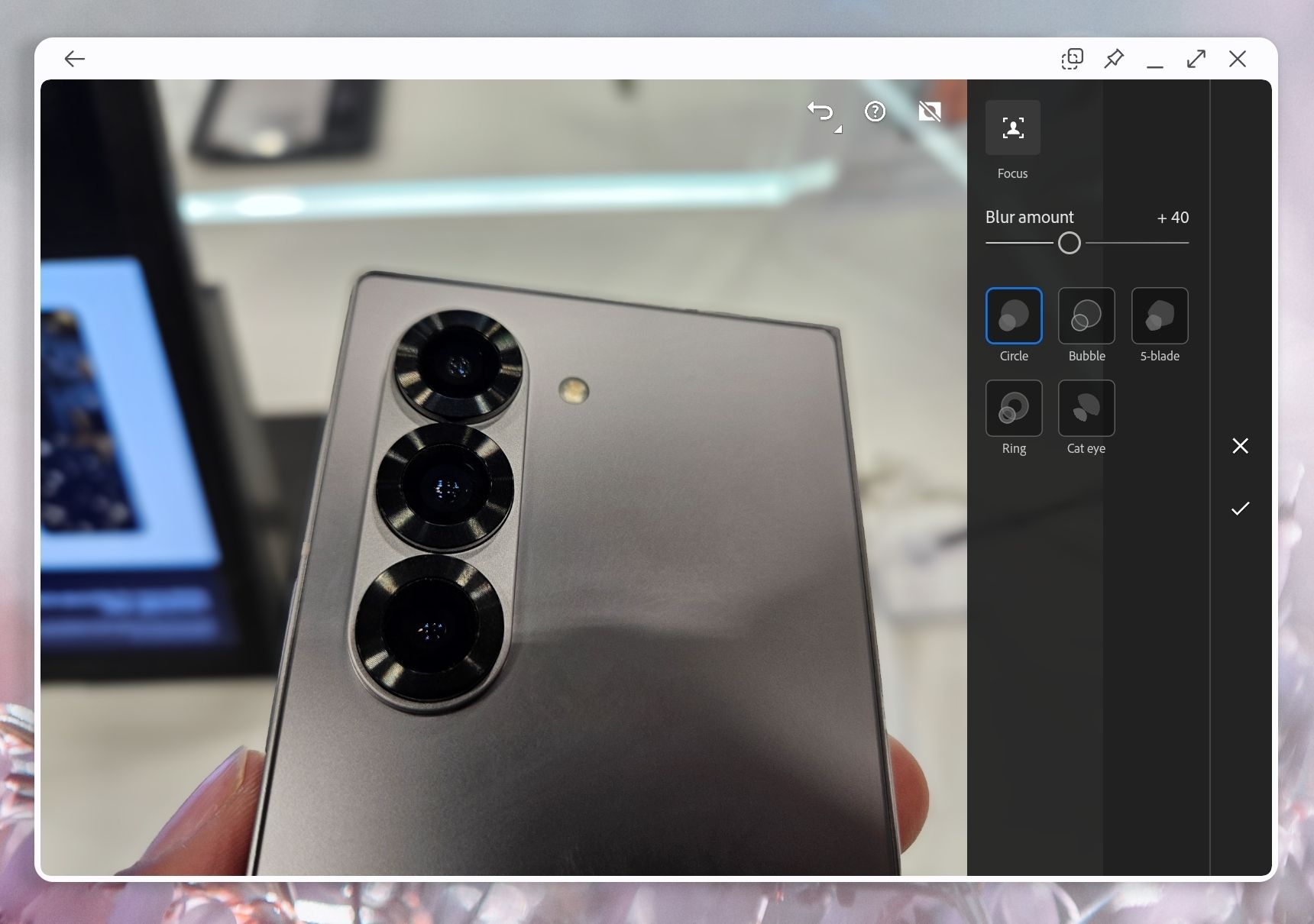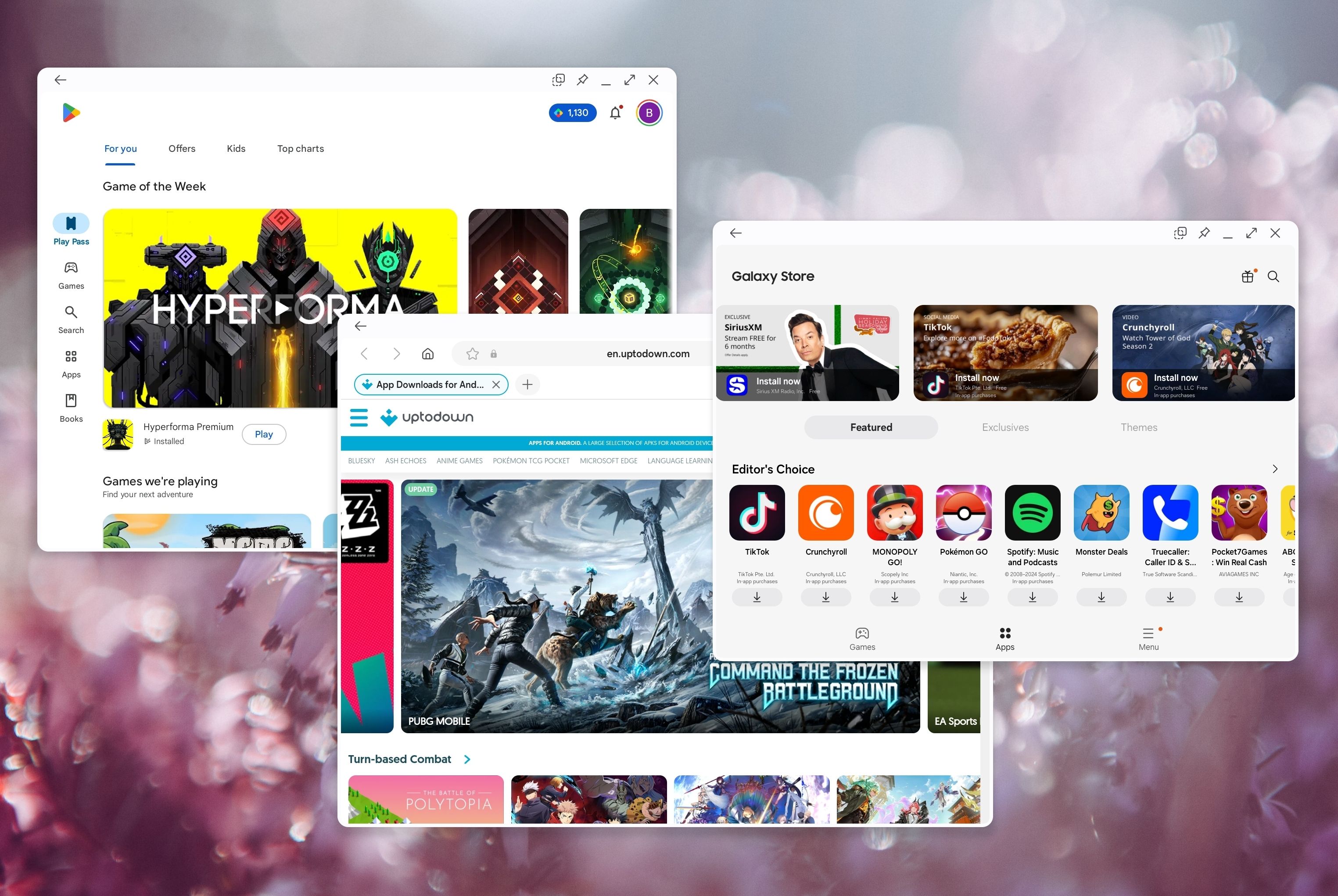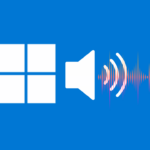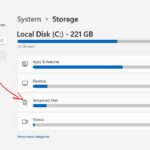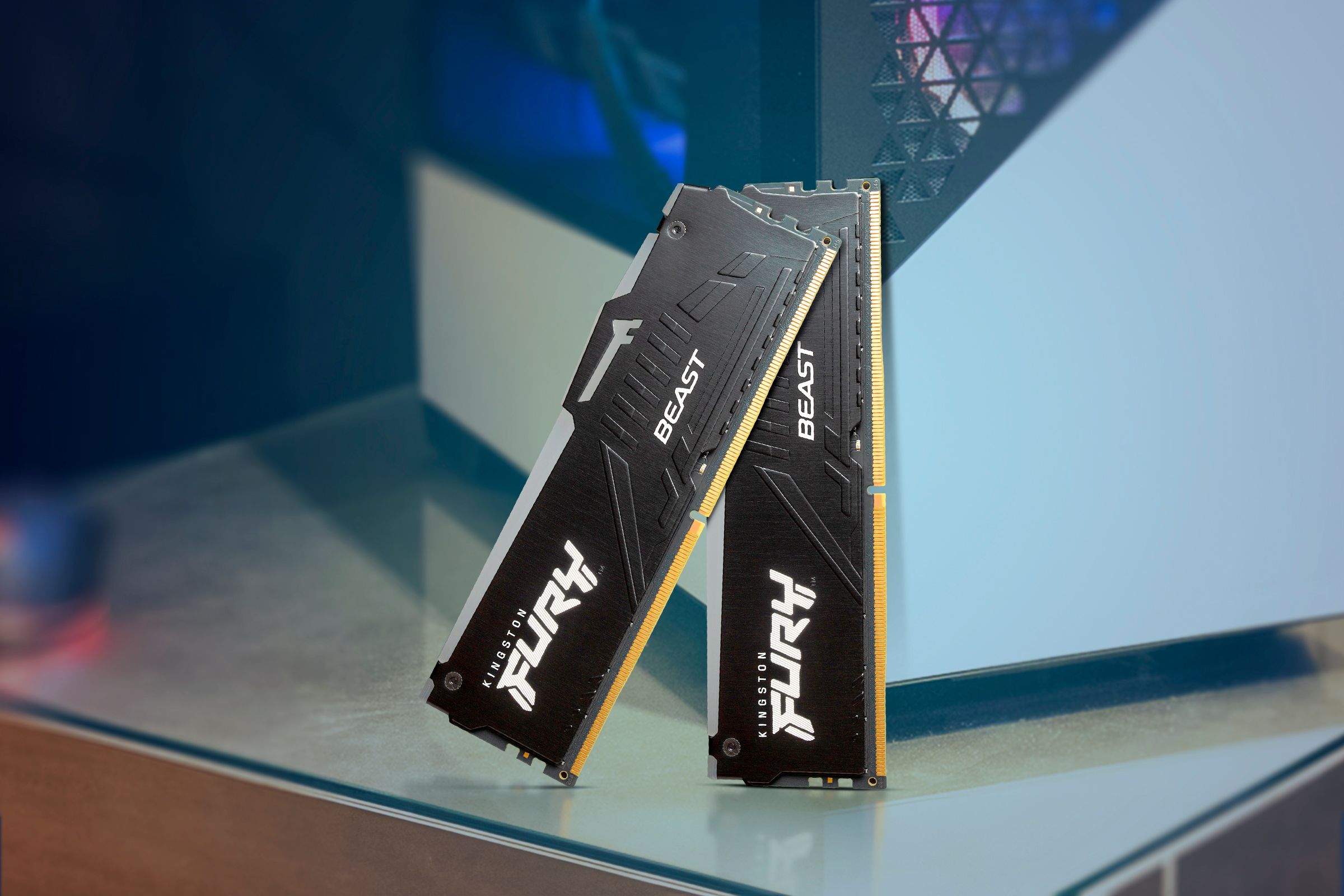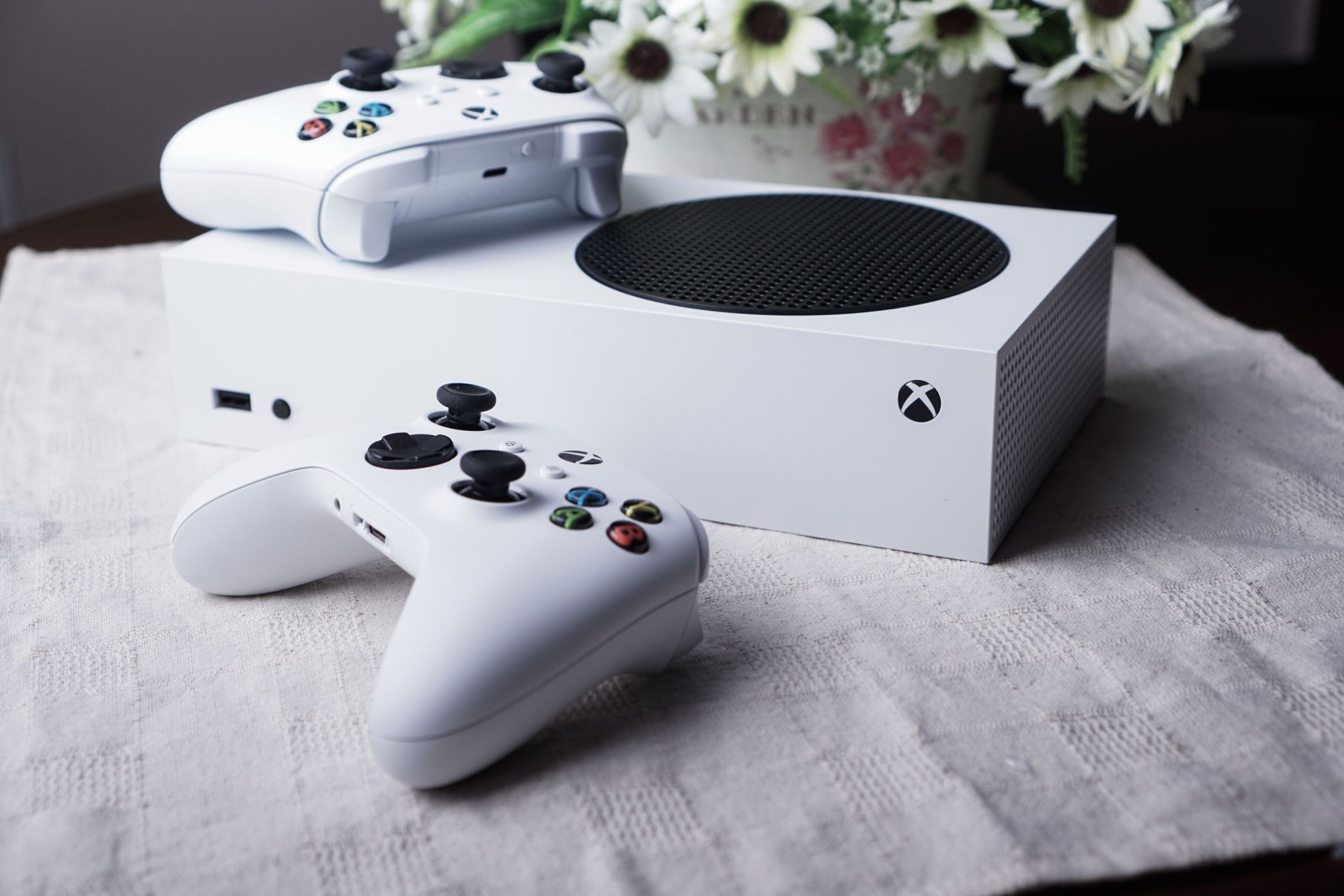Why I Ditched Linux for Samsung DeX
Linux
Quick Links
-
Samsung DeX Looks Similar to Many Linux Distros
-
Desktop Linux Users Are Accustomed to Web Apps
-
Android Apps Feel Like GNOME Apps
-
Some Android Apps Are Surprisingly More Powerful
-
Android Is a Collaborative Ecosystem
Key Takeaways
- A few Linux companies have promised convergence, but Samsung has delivered.
- Using simple GNOME apps and web apps have both primed me for an Android-based workflow.
- Working from my Samsung phone isn’t only more convenient—in some ways, it’s actually more capable.
Canonical pursued convergence with the Ubuntu Phone, an effort to make a phone that was also a PC. Purism has promised this same thing with the Purism Librem 5. Linux companies primed me to want convergence, but Samsung DeX is the one who sold it to me.
Samsung DeX Looks Similar to Many Linux Distros
Samsung DeX is a desktop-like interface that appears whenever you connect a supported Samsung Galaxy device to an external display. In my case, I’m writing this using Samsung DeX on a Samsung Galaxy Z Fold 5.
DeX’s layout looks similar to Microsoft Windows, though it has even more in common with ChromeOS on a Chromebook. To my eyes, as a long-time Linux user, DeX is also reminiscent of distros like Zorin OS.
Firing up DeX just feels like taking a new distro out for a spin, one that just happens to exclusively run Android apps.
Desktop Linux Users Are Accustomed to Web Apps
Running Android apps might sound like a deal-breaker, but using Linux has actually prepared me well for this setup. I’ve long used web apps to fill in the gaps left by not having native Linux versions of certain apps. There are tools like Tangram, which turns websites into apps for you. The GNOME Web browser can also save sites as apps.
Many mobile apps are web apps in a fancy wrapper. Web apps are also a big part of mobile Linux distros like Ubuntu Touch.
That’s not to say that Android apps are identical to web apps. You get better performance and less latency, for sure. My point is that using simplified versions of software that is more fully fleshed out on a Windows PC or MacBook is already something I’ve long ago had to accept.
Android Apps Feel Like GNOME Apps
Most of my favorite Linux apps weren’t simple because they were web apps, they were simple because simple is good. Simple is a hallmark of apps made for the GNOME desktop environment, which happens to be my personal favorite.
If you look at my list of favorite apps exclusive to Linux, you may notice how minimalist they all are. I prefer for apps to be as uncluttered as possible. I find Secrets much more straightforward than KeePassXC, even though both apps use the same KeePass format and effectively do the same thing. Using Secrets feels more akin to using the Android version, KeePassDX, instead. That, to me is a good thing.
The app design I now encounter on my Android desktop feels very similar to what I was already using on my GNOME desktop. Just compare Auxio on Android with Amberol on Linux (pictured above).
Some Android Apps Are Surprisingly More Powerful
Returning back to my list of apps, you may also notice that they’re all actually less feature-rich than what you can get from an Android app. Apostrophe is more paired back compared to Obsidian. Amberol has fewer features than Samsung Music. Foliate isn’t nearly as capable as Moon+ Reader. I’ve been genuinely surprised by just how good Samsung’s suite of apps is.
That said, you can install Obsidian on Linux. There are no shortage of complicated Linux music players like Amarok. You can install Calibre if you want an ebook reading app that does all the things. Yet there are tasks that are simply easier to do on Android than on Linux.
For example, how do I apply background blur to a photo? I’m sure it’s possible on Linux, but on Android, I simply install the Lightroom app and adjust a slider. And that’s only if I didn’t already take a photo in portrait mode, which is easy to do when your PC is also your phone.
What if I want to erase an object from a photo? On my Z Fold 5, this is as easy as drawing a circle around the object in the default Samsung Gallery app. While I’m at it, I can hold my finger down on a subject to isolate it from the rest of the image, save it as a sticker, and import it into any other project. This is much easier than trying to outline a subject manually in GIMP.
Converting speech to text, or even handwriting to text, is just a feature baked into many modern Android phones. You don’t even have to seek out special software anymore.
Android Is a Collaborative Ecosystem
We all come to Linux for our own reasons. Many of us discover Linux because it’s free. Some of us commit to the free and open source ethos, sometimes swearing off proprietary software entirely. Many love that Linux is the ultimate tinkerer’s playhouse, with the entire PC being accessible to do with what we will. Others simply use it because, for many tasks, Linux is the best tool for the job.
Most of us probably enjoy Linux for multiple if not all of these reasons. It’s the open source foundation that made me take notice of Android over the iPhone. I like that I can flash a custom ROM to take full ownership of a device, and I can stick exclusively to F-Droid apps to create an open source minimalist dumb phone.
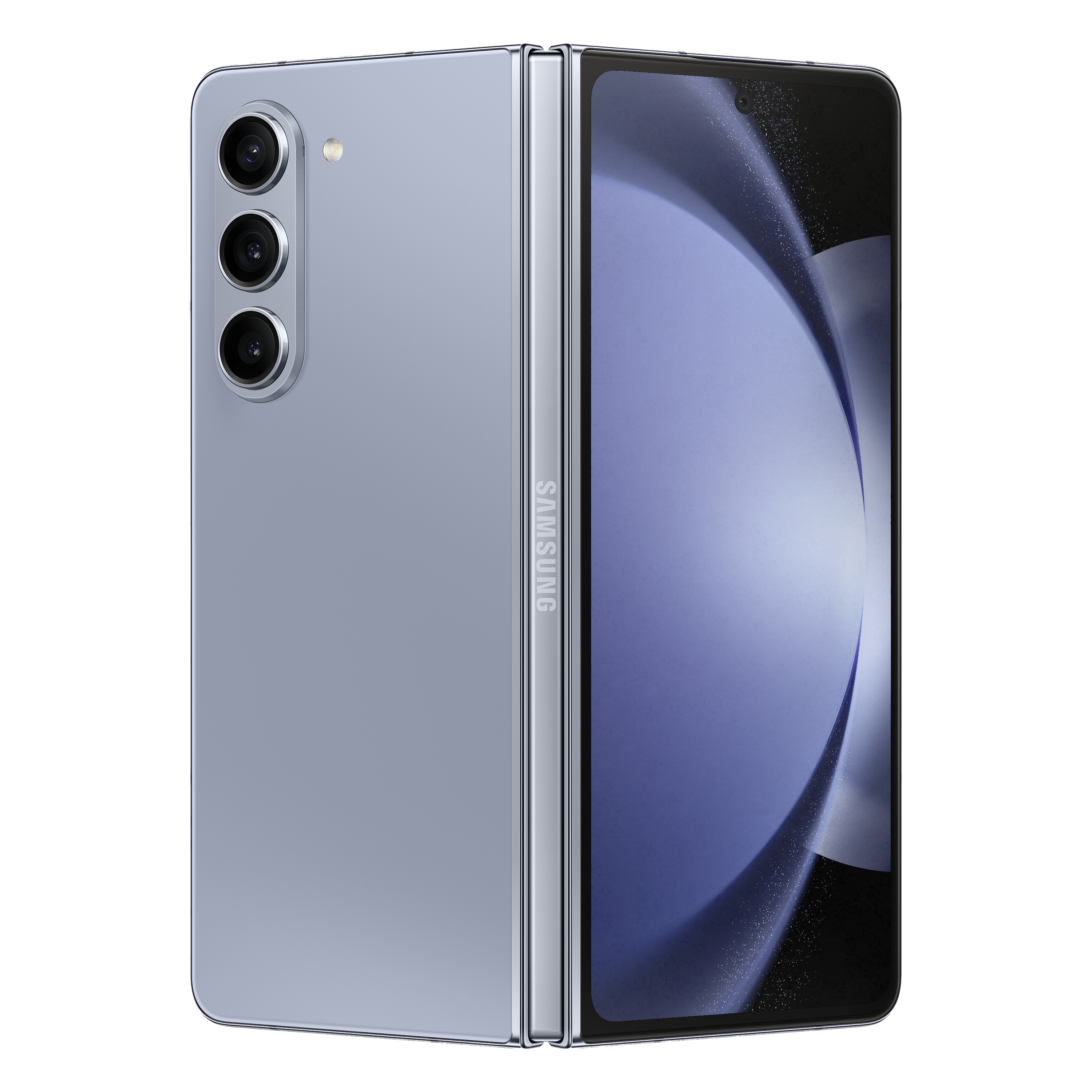
Samsung Galaxy Z Fold 5
The Galaxy Z Fold 5 is Samsung’s best foldable from 2023, packing a speedy Snapdragon 8 Gen 2 ‘for Galaxy’ chip, 12GB RAM, and superfast UFS 4.0 storage. The new Flex Hinge enables the phone to close fully flat, though the Fold 5 falls short in other aspects.
Obviously, by using Samsung DeX on a Galaxy Z Fold 5, I am no longer living by that fully open source ethos. Still, I appreciate that Android is a collaborative ecosystem. Google, Samsung, Motorola, and Huawei are all invested in Android desktops in particular. Even more companies are invested in making Android apps in general. So even though much of the code is proprietary, I’m still not beholden to any one company the way I would be if I bought a MacBook, switched to Windows, or chose to work from a Chromebook.
I can swap DeX out for the Motorola desktop I originally used when I first connected my phone to a lapdock. Plus, Google continues to invest in Android desktops, meaning this feature may soon come to Pixels and other Android phones. Even if I want to avoid Google, I can instead use an alternative app store and still get access to many of the apps I rely on. Android offers a degree of freedom and resiliency that, as a (former?) Linux user, I’ve come to expect.
It’s also worth pointing out that, since Android runs on top of the Linux kernel, Samsung DeX is technically a Linux distro. It may not be the version of Linux I hoped to run when reading blog posts from Canonical about convergence all those years ago, but even if a company did now come along and put conventional GNU/Linux on a phone with a desktop mode, I don’t know if that’d be enough to get me to give up my 3-in-1 foldable phone.








